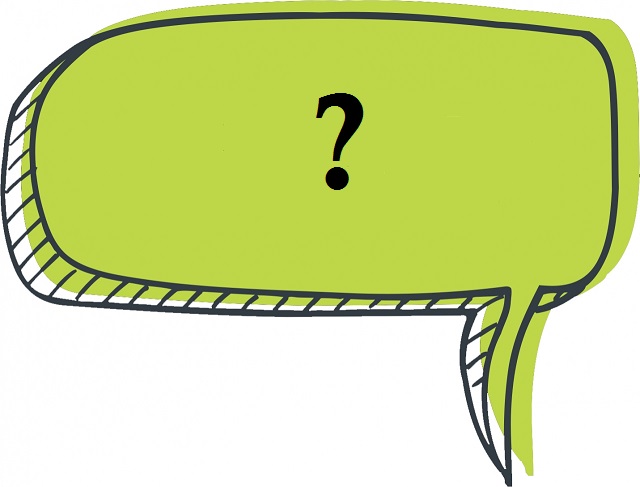
Q: CASL and Linkedin?
Dear EmailKarma,
It seems my ESP does not recognize LinkedIn contact email addresses as explicit opt-in. I’m referring to actually sending an email and not sending an IM through InMail. I read many articles online and most people seem unclear about this topic. Do you have any information or guidance on this by any chance?
Thanks,
We’re Connected
A:
Hello, We’re Connected,
I would agree with your ESP’s restriction on Linkedin connections and their determination that they are not an express consent under Canada’s Anti-Spam Legislation (CASL).
First, it is important to remember the requirements for express consent under CASL. which include:
- An informed understanding of what he/she is subscribing to
- Postal address of the sender
- An unsubscribe statement at the point of collection
- Contact information of the party collecting the information (either phone, email, or web contact)
Currently Linkedin does not include any of these options for third-party connections. So, unless you make it clear in your connection requests, which will likely lower your success rate, you have no ability to meet these requirements with your connections. Without this language, you aren’t informing them that connecting with you will then generate commercial emails.
At best you might be able to say you have an implied consent, as the user freely connected and provided you with some type of contact information (much like giving someone a business card), but this is only good for two years from connecting with the individual. You’ll still need to track all these things at an individual level to satisfy you met the requirements for implied consent, unless they have agreed during that period to receive ongoing commercial electronic messages (CEM) via an express consent of subscription to your newsletters. Also, this would be limited to contacts made within the last two years. Any older connection would already be considered expired for an implied consent-style subscription to a CEM under CASL.
Be careful, as some people will not respond well to these types of connection subscriptions and may still report your messages to your ESP, their ISP, or the respective country regulators.
*This is not legal advice, only an informed opinion of the author based on years of interpretation, conversation and understanding of best practices under Canada’s Anti-Spam Legislation.

